Nestled in the heart of Tuscany, Montecatini Terme captured my heart the moment I stepped into its elegant streets. This Italian gem stands as perhaps the most famous spa town in the country, where the healing waters have drawn visitors for centuries.
The town’s Belle Époque charm creates an atmosphere that transports you back to the graceful era between 1890 and 1914. During this time, Montecatini developed its distinctive spa culture surrounded by Art Nouveau architecture.
Walking through Montecatini feels like stepping into a living postcard from a more refined age. I found myself wandering past verdant parks and ornate bathhouses where the rich and famous once holidayed. The thermal springs aren’t just historically significant—they offer genuine relaxation that’s hard to find in our busy world.
The frescoed spas and decorated thermal baths preserve that unrepeatable atmosphere that made this place special during its golden age.
I’ve visited many spa towns across Europe, but there’s something uniquely captivating about how Montecatini balances its historical importance with natural beauty. The elegant Belle-Époque surroundings still envelop visitors today, creating a perfect blend of cultural heritage and relaxation.
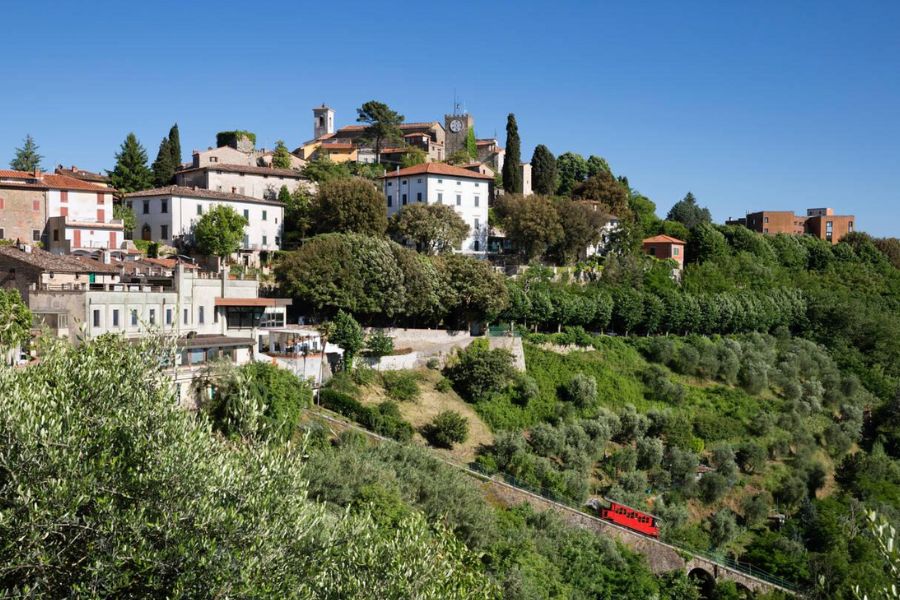
If you’re seeking a taste of traditional Italian wellness culture with a side of architectural splendor, this Tuscan treasure deserves a spot at the top of your travel list.
Exploring the Heart of Montecatini
Walking through Montecatini’s center reveals a perfect blend of Belle Époque elegance and modern Italian charm. The town’s heart beats with history while offering peaceful spaces for visitors seeking both culture and relaxation.
Piazza del Popolo: The Grand Beginning
I always start my Montecatini explorations at Piazza del Popolo, the town’s magnificent central square. This elegant piazza serves as the perfect introduction to Montecatini’s Art Nouveau splendor.
The square is framed by stunning buildings that showcase the town’s Belle Époque heritage. I love watching locals and visitors mingle here throughout the day. Morning coffee at one of the charming cafés offers the perfect opportunity to people-watch and plan your day.
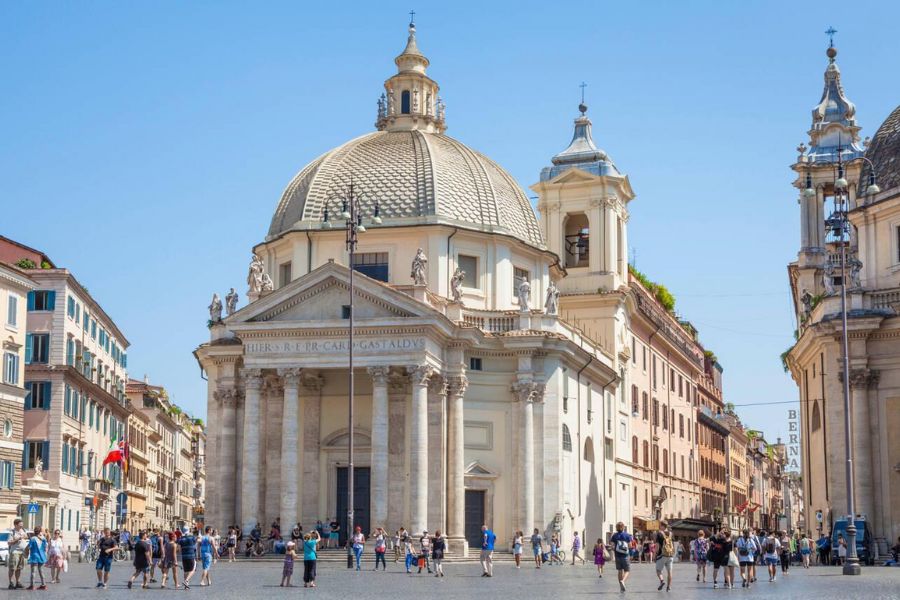
Don’t miss the ornate details on the surrounding architecture – the intricate ironwork and decorative facades tell stories of Montecatini’s glamorous past. The square often hosts small markets and cultural events, especially during summer evenings when the space comes alive with music and conversation.
Parco delle Terme: A Stroll Through Green Serenity
Just steps from the bustling square, I find myself in the peaceful Parco delle Terme, the green heart of Montecatini. This magnificent park connects the town’s famous thermal establishments while providing a serene escape.
Century-old trees create natural canopies over winding paths where I often spot couples strolling hand-in-hand. The park’s landscaped gardens burst with seasonal flowers and Mediterranean plants.
Water features and decorative fountains create a soothing soundtrack perfect for relaxation. I particularly enjoy finding a quiet bench near the central pond to read or simply watch the play of light through the leaves.
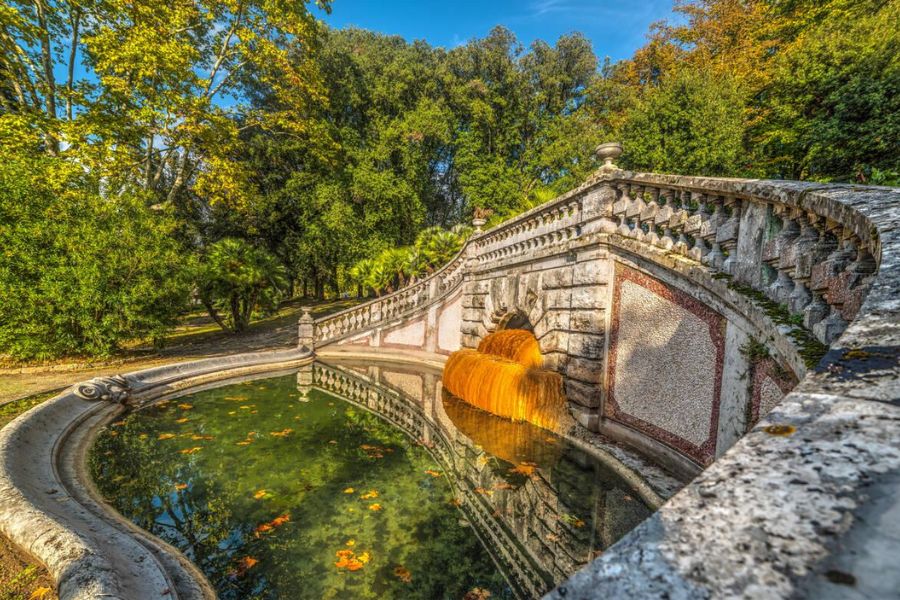
Art Nouveau elements appear throughout the park in the form of decorative pavilions, elegant lampposts, and ornate bandstands. These architectural touches remind visitors they’re walking through a living museum of Belle Époque design while enjoying nature’s calming embrace.
The Splendor of Spa Treatments
The thermal waters of Montecatini Terme offer visitors a journey through time-honored healing traditions wrapped in Belle Époque elegance. These therapeutic treatments combine ancient wisdom with modern wellness approaches in spectacular architectural settings.
Terme Tettuccio: The Jewel of Thermal Baths
Walking through the grand entrance of Terme Tettuccio feels like stepping into another era. This magnificent spa, with its neoclassical architecture and ornate details, is truly the crown jewel of Montecatini’s thermal establishments.
I was mesmerized by the marble columns and intricate frescoes that surround the main hall. The ritual of “taking the waters” here involves drinking from different fountains, each offering mineral-rich water with specific healing properties.

During my visit, I watched as attendants in crisp uniforms served water in elegant glasses to guests relaxing in the musical pavilion. The Tettuccio isn’t just about treatments—it’s a social experience where wellness and culture blend seamlessly.
The Healing Journey through Water
The thermal treatments in Montecatini go far beyond simple relaxation—they’re based on centuries of therapeutic traditions. I discovered that the local waters are classified into four types based on their mineral content and healing properties:
- Leopoldina: Strongly mineralizing, ideal for liver issues
- Regina: Gentle purifying effects, perfect for beginners
- Tettuccio: Medium mineral content, excellent for digestion
- Rinfresco: Lightest option, often recommended for daily drinking
My favorite treatment was the immersion bath in mineral-rich waters. The sensation of weightlessness combined with the therapeutic minerals created an incredible feeling of renewal.
The local doctors often prescribe specific treatment courses based on individual health needs. I found this personalized approach refreshing compared to one-size-fits-all spa experiences elsewhere.
Culinary Delights and Leisurely Shopping
Montecatini Terme offers a feast for both the palate and shopping enthusiasts. The elegant spa town combines traditional Tuscan flavors with sophisticated retail experiences along its charming streets.
Taste of Tuscany: Gourmet Experiences in Montecatini
Walking through Montecatini Terme, I’m always captivated by the aromas wafting from local eateries. The town’s culinary scene beautifully represents Tuscan traditions while adding its own spa town flair.
Don’t miss trying the famous “Cialde di Montecatini” – delicate wafers made with flour, milk, eggs, sugar, and almonds. These fragrant treats are the perfect souvenir or afternoon indulgence with coffee.
For a more substantial meal, I recommend exploring the restaurants around Viale Verdi. Many feature seasonal menus highlighting regional specialties like pappardelle with wild boar ragù or pici pasta with truffles.
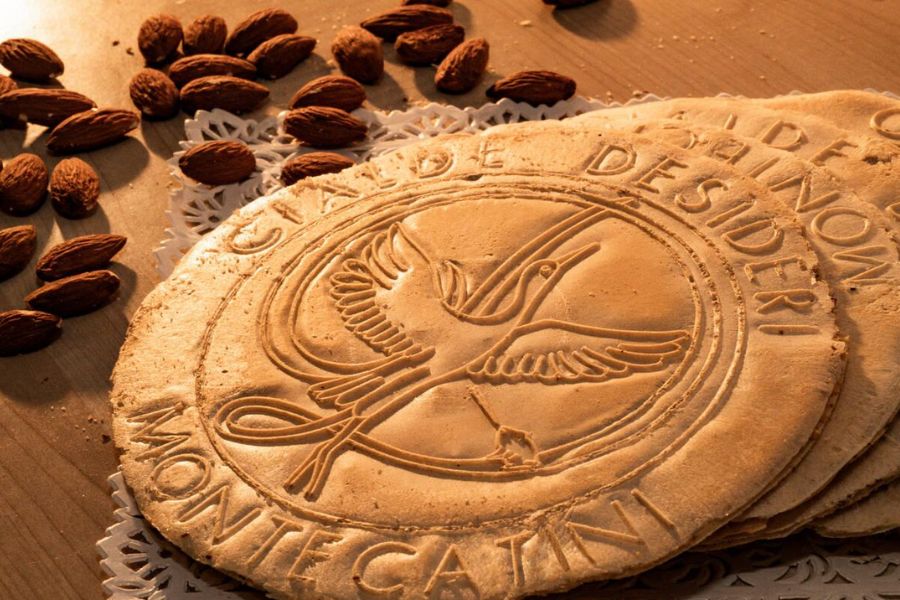
Wine lovers will appreciate the excellent selection of local Tuscan wines available at most establishments. The combination of thermal spa treatments and fine dining creates the perfect balance of wellness and indulgence.
Shop and Stroll: Retail Therapy in Spa Town
Shopping in Montecatini Terme feels like stepping back into the Belle Époque. The town center offers a delightful mix of boutiques housed in Art Nouveau buildings.
I love wandering along Corso Matteotti and Via Don Minzoni, where local artisans sell handcrafted items alongside fashion boutiques. The unhurried atmosphere makes shopping here a pleasure rather than a chore.
For unique souvenirs, look for locally-made ceramics, leather goods, and gourmet food products. Many shops offer shipping services if you find something too beautiful (or delicious) to pack in your suitcase.
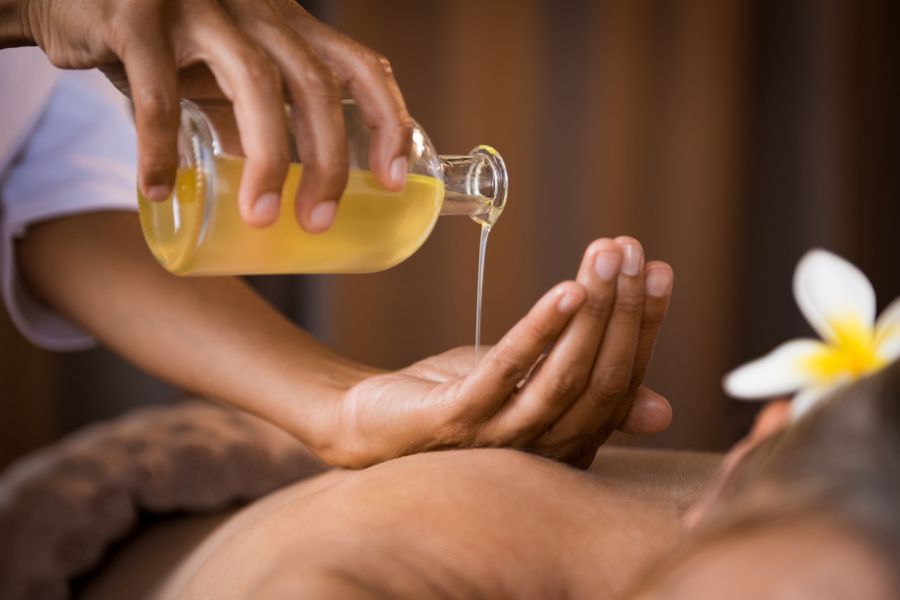
The weekly market in Montecatini is worth timing your visit around. Here, I’ve found everything from antiques to freshly harvested produce. The market transforms the already charming streets into a colorful, bustling scene of local life.
Historical and Cultural Exploration
Montecatini’s rich heritage extends beyond its healing waters to its architectural treasures and historic sites. The town’s dual identity—with its medieval hilltop village and Art Nouveau spa district—offers visitors a journey through centuries of Tuscan history.
Montecatini Alto: Perched Above the Spa Town
I love taking the historic funicular railway up to Montecatini Alto, the medieval village that watches over the newer spa town. Dating back to the 12th century, this charming settlement offers spectacular panoramic views of Tuscany.
Wandering through the narrow cobblestone streets, you’ll discover ancient churches, quaint piazzas, and traditional restaurants serving authentic local cuisine. The main square, Piazza Giusti, becomes especially magical at sunset.
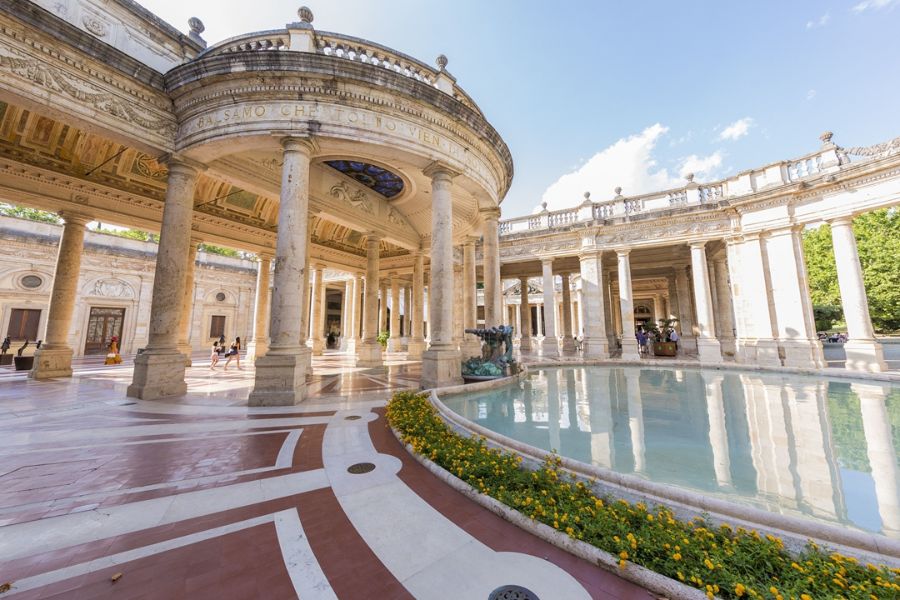
The 10-minute funicular ride itself is a delightful experience. Built in 1898, this red cable car maintains its vintage charm while connecting the modern spa district with its historic predecessor.
Echoes of Belle Époque Architecture
The golden age of Montecatini Terme coincided with the Belle Époque period (1890-1914), when the town transformed into a haven of elegant Art Nouveau design. The spa buildings from this era remain the town’s architectural highlights.
Tettuccio Terme, the grandest of the thermal establishments, features stunning marble columns, ornate frescoes, and a magnificent music hall where concerts are still held today. I was amazed by the intricate mosaics and stained glass throughout the building.
Other notable structures include the Excelsior Spa and Tamerici Bath, both showcasing the distinctive curving lines and natural motifs typical of Art Nouveau style. These buildings reflect the town’s commitment to blending wellness with cultural refinement during its development as a spa destination.
Venturing Beyond: Day Trips and Nearby Attractions
Montecatini Terme serves as an ideal base for exploring the treasures of Tuscany and connecting with Europe’s broader spa heritage. While the thermal waters are the main attraction, the surrounding region offers rich cultural experiences worth exploring.
Discovering the Wonders of Tuscany
Florence is just an hour away by train, making it perfect for a day trip. I spent a morning admiring Michelangelo’s David and was back in Montecatini for an evening spa treatment.
The medieval hilltop towns of San Gimignano and Volterra showcase Tuscany’s timeless charm. Their stone towers and narrow streets transport you centuries back in time.
Wine lovers shouldn’t miss Chianti’s vineyards. I joined a small-group tour that included tastings at family-owned estates and a traditional Tuscan lunch.
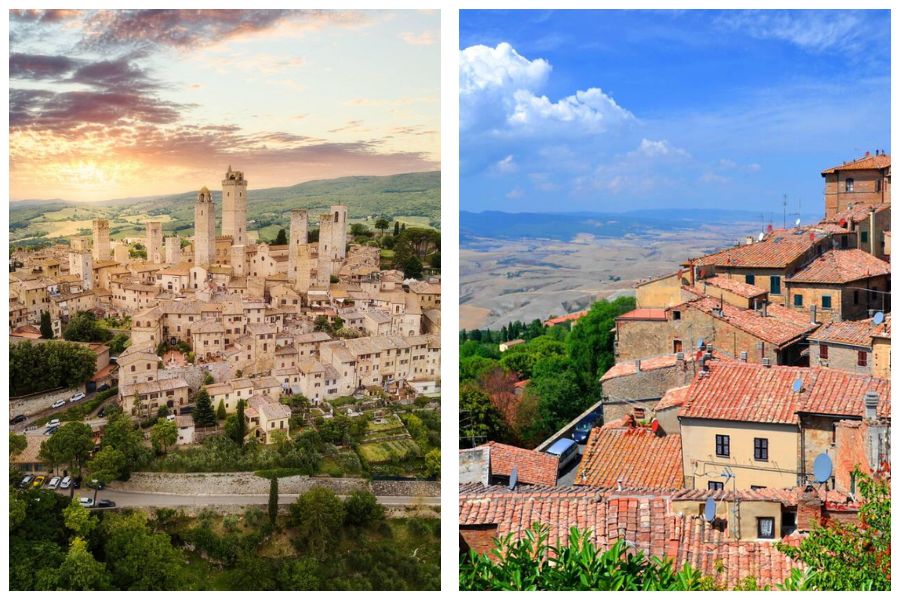
Lucca, with its intact Renaissance walls, offers a unique biking experience. Rent a bicycle and circle the city atop these ancient fortifications for unforgettable views.
Baden-Baden and Beyond: Connecting European Spa Heritage
Montecatini Terme shares a spiritual connection with other European spa towns like Baden-Baden in Germany. Spa enthusiasts often pair these destinations in a single journey.
The UNESCO World Heritage designation includes several “Great Spa Towns of Europe,” creating a fascinating cultural route. I’ve followed parts of this path, connecting Montecatini’s Liberty-style elegance with Baden-Baden’s sophisticated charm.
Both towns flourished during the Belle Époque period, attracting royalty and artists. Their architectural similarities tell a shared story of European wellness traditions. You’ll find grand colonnades, pump rooms, and ornate bathhouses in both places.
If you’re interested in spa culture, consider how Montecatini’s thermal heritage fits into this broader European narrative of health, relaxation, and social gathering.

